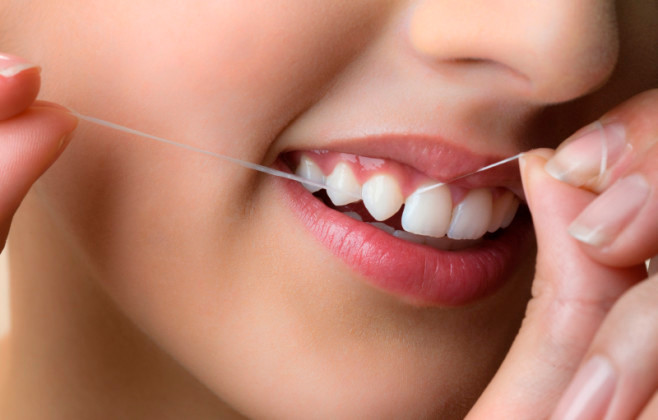Periodontology

Parodontology is the dental specialty that includes the diagnosis, prophylaxis and treatment of diseases that affect periodontium - the tissues that keep the tooth on the alveolar ridge: gum, bone, dento-alveolar ligament, cement and the tooth itself.
Periodontal diseases represent the bacterial infections of periodontitis. These microbial agents from the dental plaque attack and destroy the gum and bone, resulting in loss of the affected tooth.
Periodontal diseases are classified as follows:
- Gingivopathies, whether or not induced by the bacterial plaque;
- Chronic periodontitis, localized or generalized;
- Aggressive, localized or generalized periodontitis;
- Periodontitis as manifestations of systemic diseases;
- Periodontal abscesses: gingival, periodontal and pericoronar;
- Periodontitis associated with endodontic lesions;
- Developments or acquired deformations and conditions: tooth and edentar factors, tooth related factors and occlusal trauma.
Periodontal procedures include:
- Treatment of acute periodontal infection;
- Periodontal Clinical Analysis and Data Recording;
- Radical planing;
- Other non-surgical periodontal treatments: drug administration, debridement, lavage;
- Surgical periodontal surgery: flap operations, gum grafts, bone grafts, tissue regeneration, root resection;
- Maintenance interventions after periodontal therapy.
Periodontal diseases are diseases of the gum and alveolar bone as well as the ligaments supporting the tooth in the alveolus. They are mainly caused by the bacterial plaque that causes the inflammation of the marginal periodontium.
In the early phase, periodontal disease is called gingivitis and is reversible by proper treatment and maintenance of rigorous hygiene. Untreated, gingivitis can lead to periodontitis (periodontitis) and ultimately loss of teeth.
What are the symptoms of periodontal disease?
Among the alarming signs are: red and sensitive gums that bleed during brushing and mastication; mild gingival itching; mild painful pains, brushing and chewing hard or hot foods.
As clinical manifestations are reduced in intensity and intermittent, they are usually tolerated by most patients, who rarely require a specialist consultation from these causes.
What is periodontitis?
Periodontal disease, along with dental caries, is one of the main causes leading to tooth loss. Periodontal disease is a disease of the periodontium, the tissue supporting the tooth in the bone alveolus.
Thus, we can encounter seemingly healthy teeth without cavities that are mobile and sometimes require extraction. If you have swollen, violet red teasing gums, it is advisable to consult a dentist.
How can we prevent periodontitis?
Proper dental brushing and presentation to regular dental control every 6 months are basic, but very effective ways of preventing the onset of periodontal disease.
Dental brushing should be performed twice a day, in the morning and in the evening. It is also very important brushing technique, because an incorrect brushing can become really harmful. Therefore, ask a dentist who can explain a proper brushing method.
Along with daily brushing, a brushing accompanied by a professional brush is required every six months.

